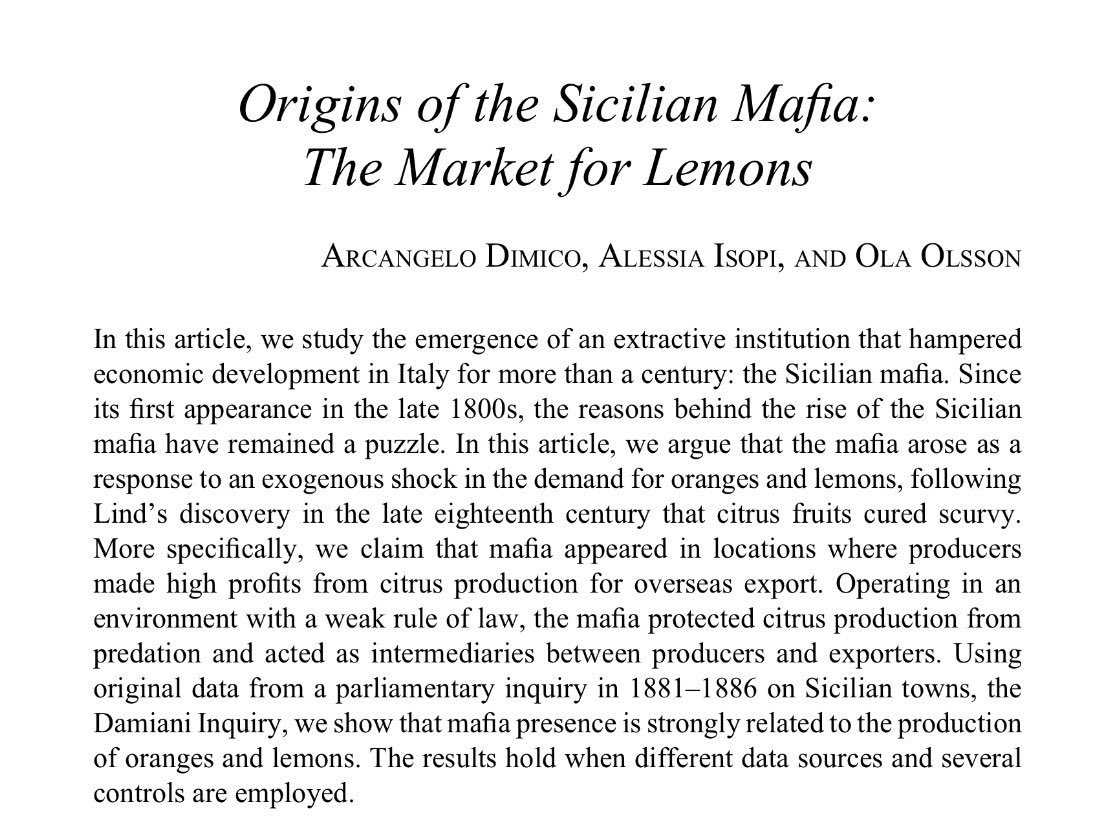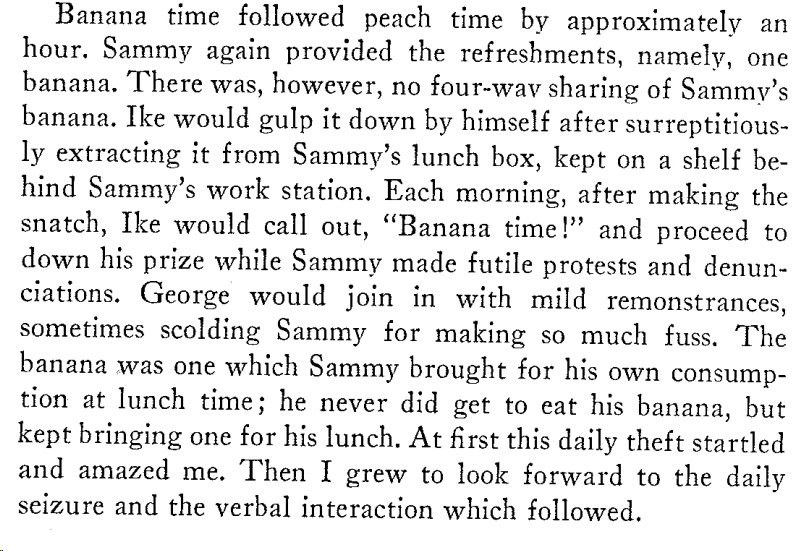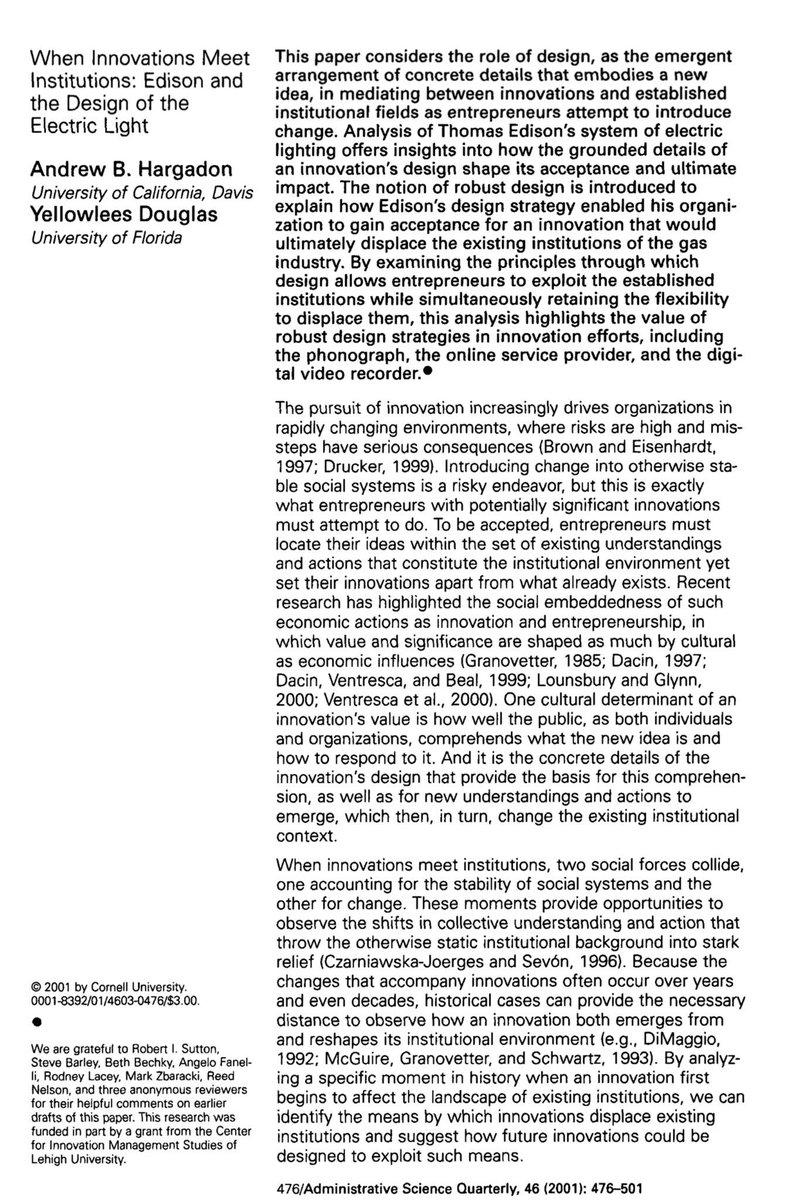
People spend 15% of work in meetings (managers spend 50%!) & post-COVID meetings are up 14%. But we spend little time trying to make meetings better, despite the fact that there is a whole subfield of research on the topic! Here is a review of findings. researchgate.net/publication/32… 





Here’s the highlights as emoji:
Before the meeting...
✅only meet if needed
🐁keep meeting sizes as small as possible
🎯set clear goals & outcomes
📄have an agenda that all review in advance
⏰make it short & relevant to all invited 2/4
Before the meeting...
✅only meet if needed
🐁keep meeting sizes as small as possible
🎯set clear goals & outcomes
📄have an agenda that all review in advance
⏰make it short & relevant to all invited 2/4
During the meeting...
⏱arrive on time
📋follow the agenda
🙋♀️🙋♂️everyone participates
💻📱never multitask
⚔️intervene if mood turns negative
🤪humor helps performance
🙅♀️leave time for objections
🗳Let everyone help decision-making. If a decision is made, tell everyone
3/4
⏱arrive on time
📋follow the agenda
🙋♀️🙋♂️everyone participates
💻📱never multitask
⚔️intervene if mood turns negative
🤪humor helps performance
🙅♀️leave time for objections
🗳Let everyone help decision-making. If a decision is made, tell everyone
3/4
After the meeting..
📍Send action items and notes immediately
🤷🏼♀️right after meeting have brief after action discussion
🥇incorporate getting better at meetings into organizational goals
Some of this may seem obvious, but all these points are backed by research & worth doing! 4/4
📍Send action items and notes immediately
🤷🏼♀️right after meeting have brief after action discussion
🥇incorporate getting better at meetings into organizational goals
Some of this may seem obvious, but all these points are backed by research & worth doing! 4/4
• • •
Missing some Tweet in this thread? You can try to
force a refresh


















